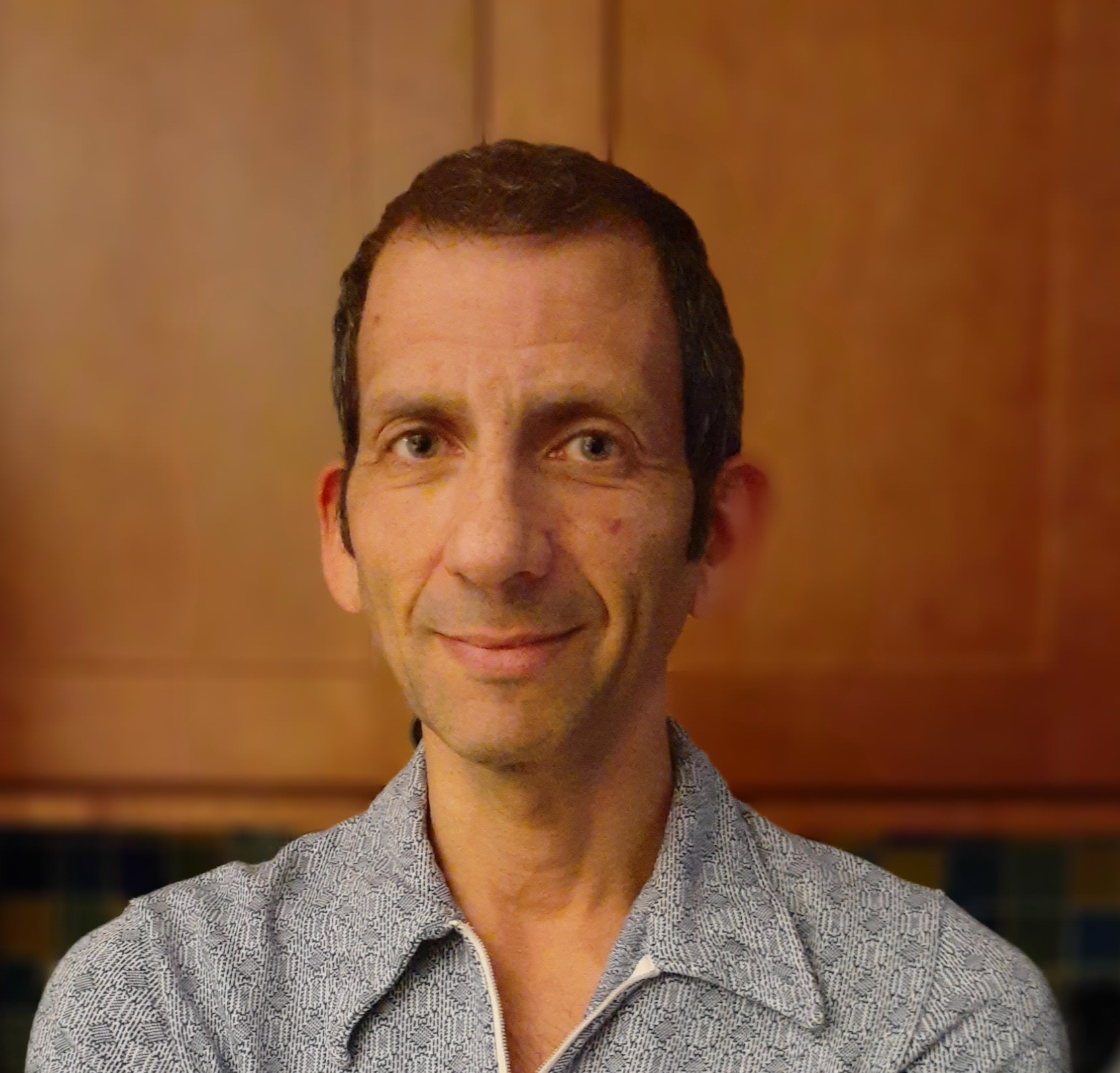People have been naming the Moon’s features for over 300 years. Today, the International Astronomical Union Working Group for Planetary System Nomenclature acts as the official resource for names all around the Solar System and pulls these names from history and cultures around the world.
Their Gazetteer of Planetary Nomenclature lists over 1,600 craters on our Moon. The Moon’s craters are named for “scientists, engineers, and explorers, as well as other persons connected with astronomy, planetary, or space research who have made outstanding or fundamental contributions to their field.”
- View all the categories for naming features on planets and satellites.
- A complete guide to the lunar maria
Women who have worked in astronomy over the centuries often have done so in difficult circumstances and in situations where men have taken credit for their work. In honour of the many women who have pushed astronomy and space exploration forward, we wanted to mark some of the astronomers who have lunar craters named after them.
This is by no means an exhaustive list of all the women who have craters named for them: there are many more lunar features dedicated to women of science.
The Gazetteer of Planetary Nomenclature has a brilliant web page detailing information about features on the Moon.
Here is our pick of some of the astronomers who changed how we view the Universe forever, and whose names will be immortalised on lunar maps for centuries to come.
Annie Jump Cannon
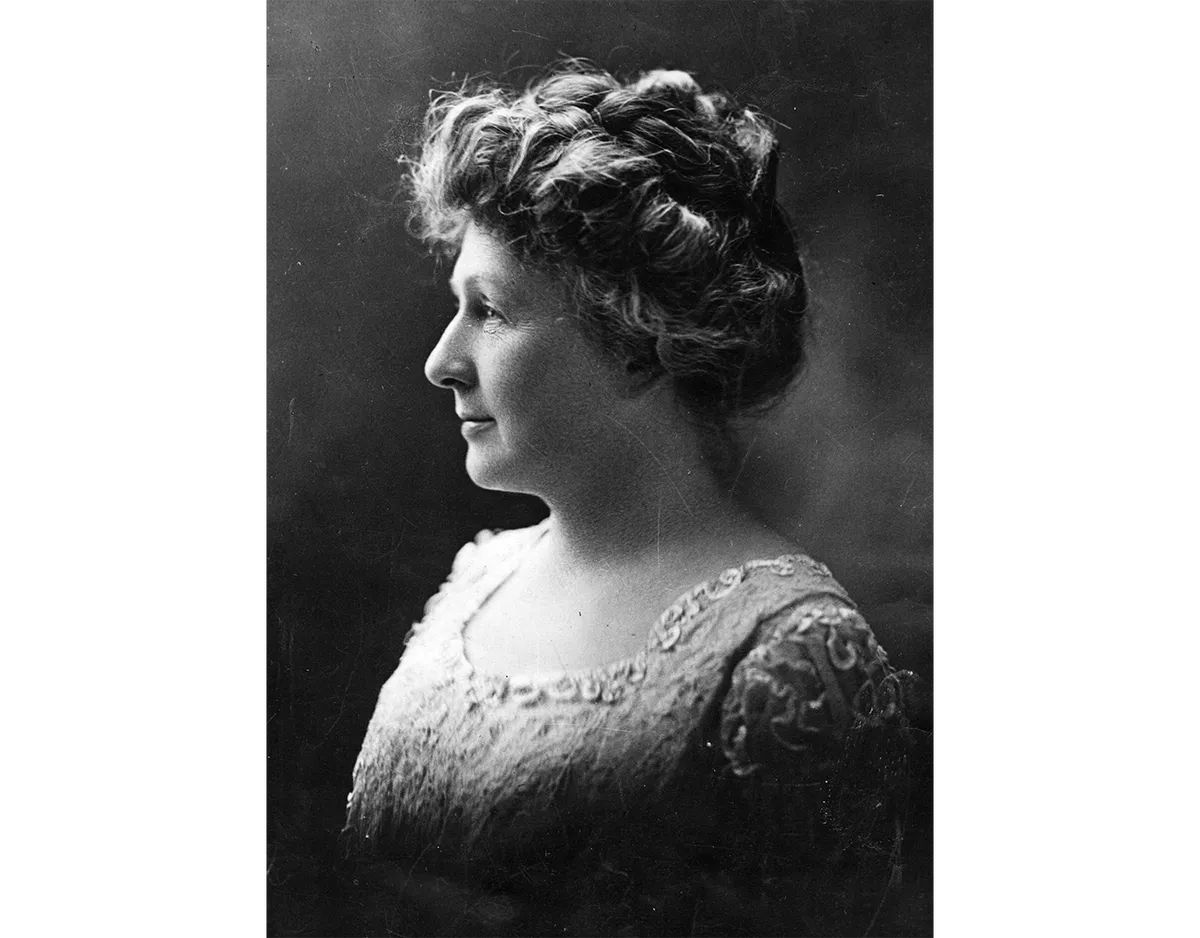
Annie Jump Cannon was an American astronomer. In the late 1800s, she simplified Henry Draper’s star classification system and created the Harvard Spectral Classification, which is the familiar OBAFGKM system that astronomers still use to classify stars today. She classified over 300,000 objects.
The Cannon crater is in the lunar near side’s far northwest, near Mare Marginis.
Caroline Herschel
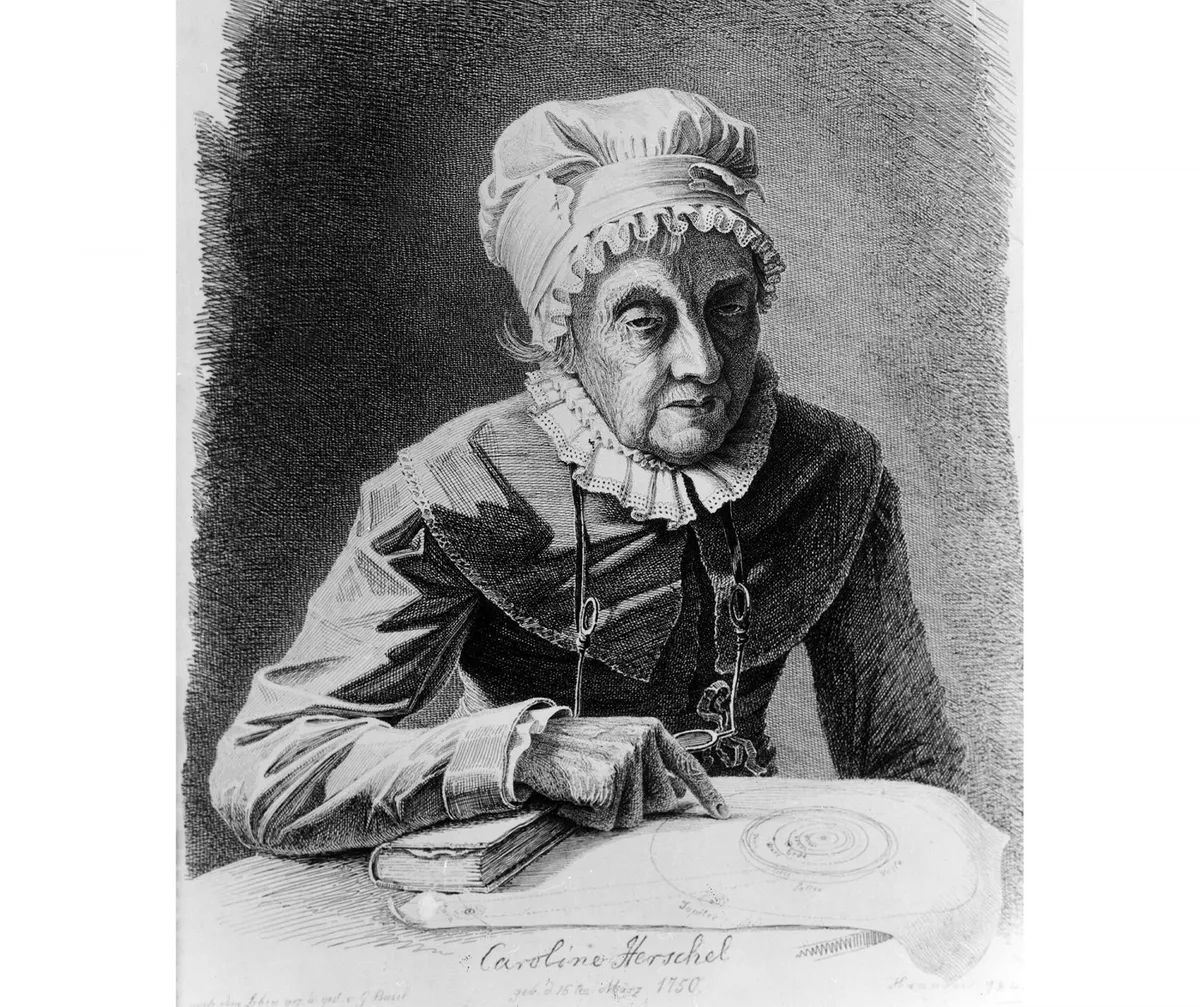
Caroline Herschel worked in the late-1700s and is often considered the first woman who was a professional astronomer. She worked closely with her brother William Herschel and discovered 3 nebulae and 8 comets. Toward the end of her life, she catalogued all of her and William’s discoveries.
The Herschel crater is in Mare Ibrium.
Henrietta Swan Leavitt
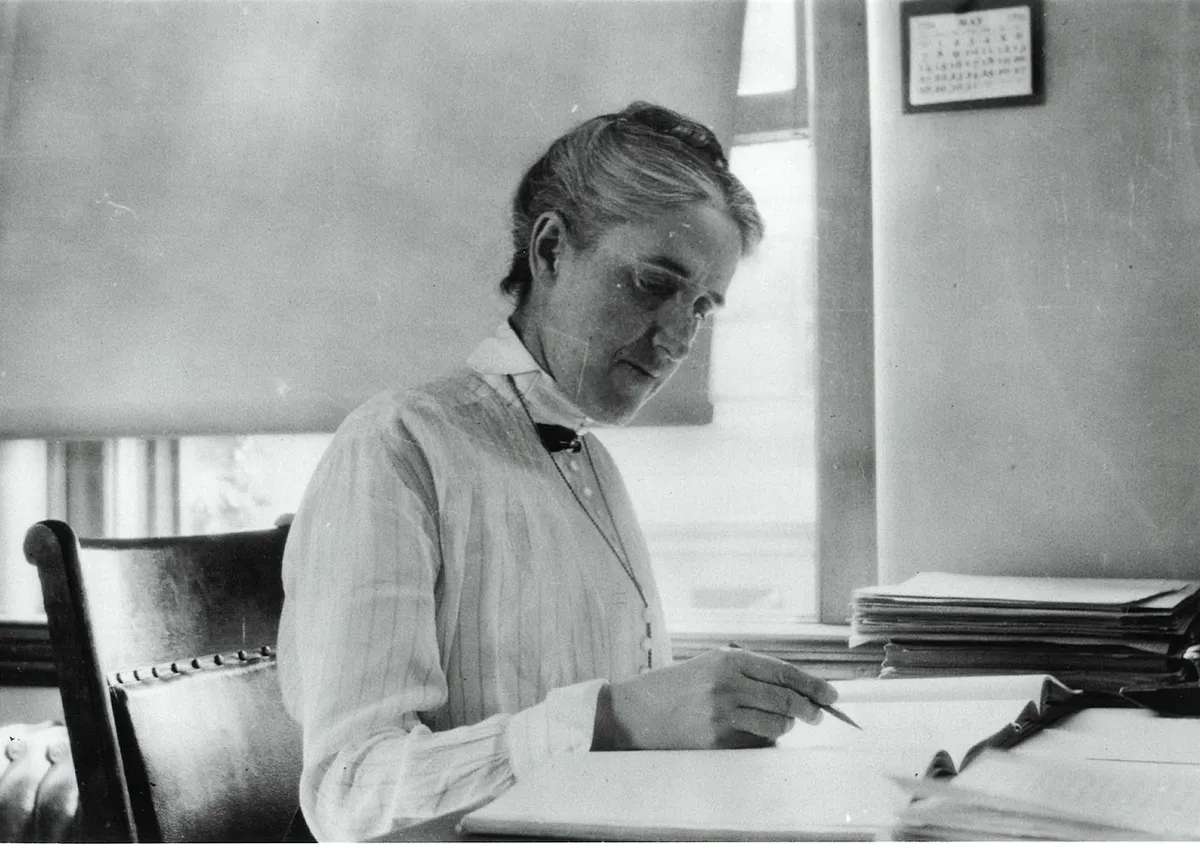
In the early 1900s, Ms. Leavitt worked at Harvard Observatory where she examined photographic plates to measure and catalogue the brightness of stars. She is credited with discovering over 2,400 variable stars and determined the relationship between their brightness and their distance. Astronomers now call this type of star a cepheid. Her work ultimately led to Edwin Hubble determining that the Universe is expanding.
The Leavitt crater is located on the Moon’s far side.
Nicole-Reine Lepaute
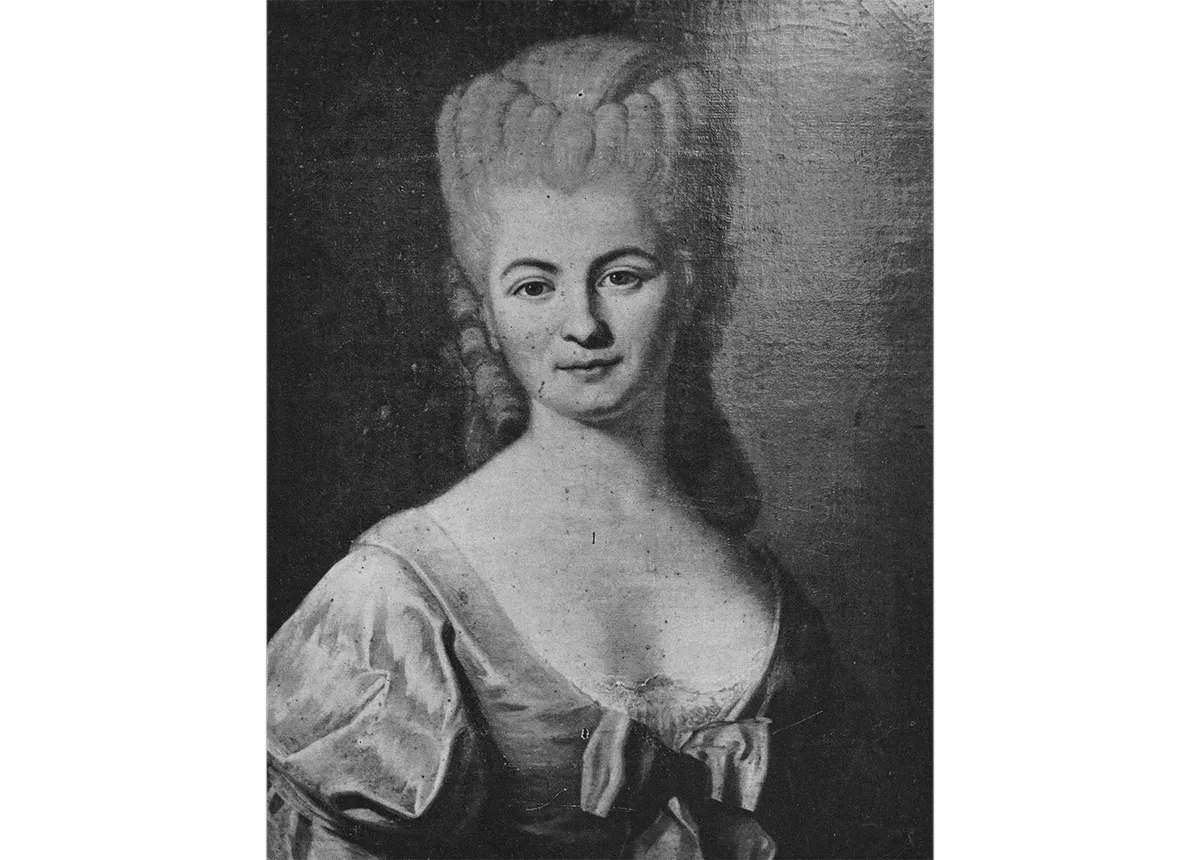
Even though her work went largely unacknowledged at the time, the French astronomer Nicole-Reine Lepaute worked to calculate the timing of a solar eclipse, a transit of Venus, and to predict the 1759 return of Halley’s comet.
The Lepaute crater is near Palus Epidemiarum in the southwest of the Moon’s near side.
Williamina Fleming
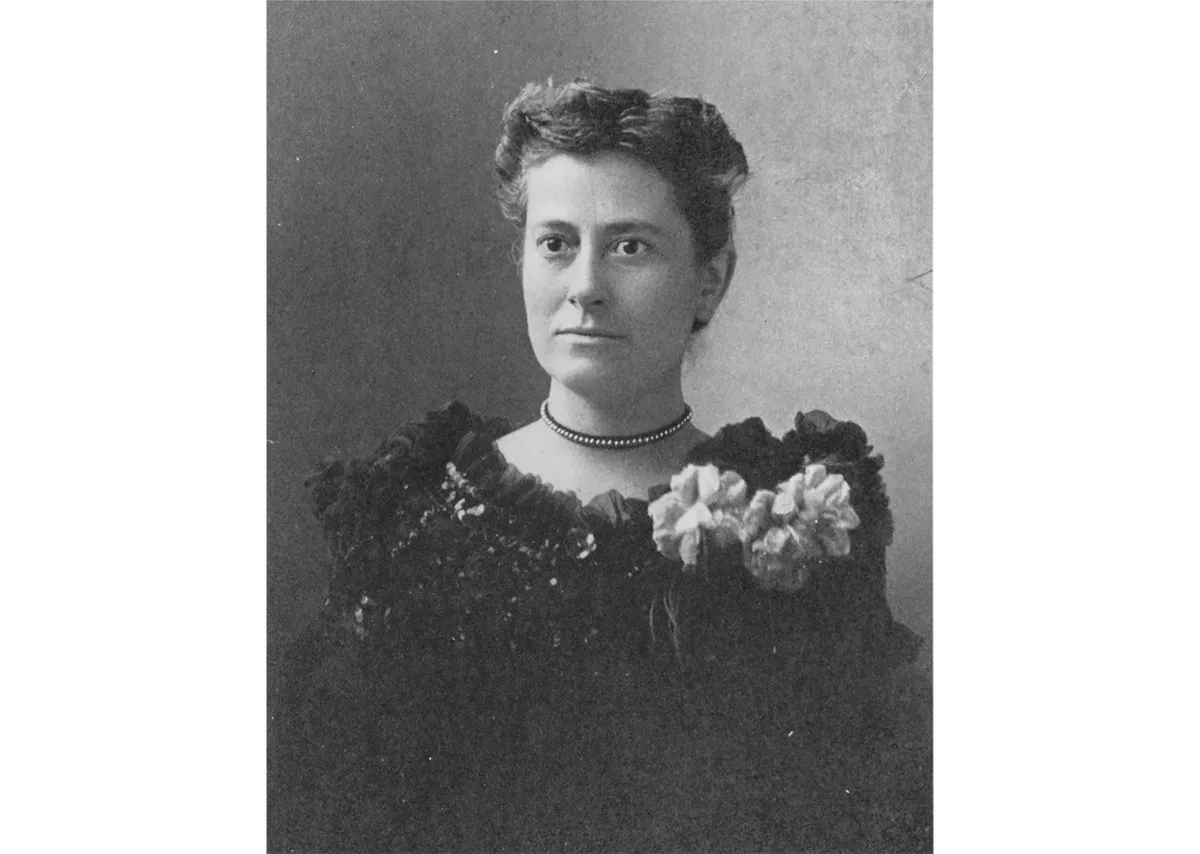
A Scottish astronomer who worked in the US, Williamina Fleming worked with Edward Charles Pickering at Harvard University. With him, she developed the Pickering-Fleming star classification system. She catalogued thousands of astronomical objects and discovered the first white dwarf star and the Horsehead Nebula.
The Fleming crater is on the Moon’s far side.
What are your favourite named lunar craters? Let us know by emailing us or get in touch via Facebook, Instagram and Twitter.
Scott Levine is an astronomy blogger and writer based in New York’s Hudson Valley. Read his blog atscottastronomy.wordpress.com.
